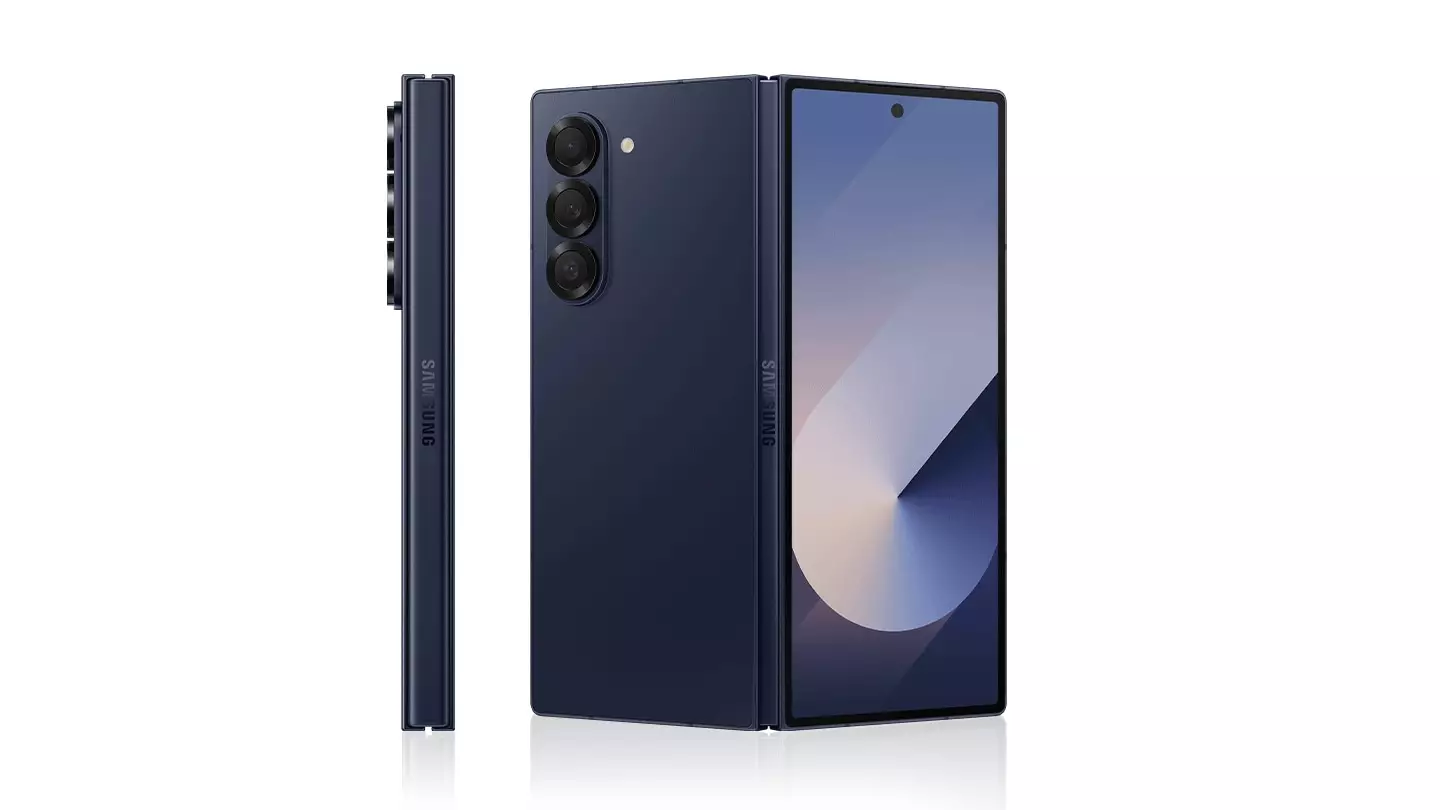Samsung’s upcoming Galaxy Z Fold 7 has stirred controversy and conversation long before its July 9 unveiling, but not because of groundbreaking innovation—rather, it’s the conspicuous removal of a design choice that has polarized users and critics alike. The “Saturn Ring” camera motif—thick, metallic rings encircling each lens, which debuted on last year’s Galaxy Z Fold 6 and the Galaxy S25 series—has been ditched in the new model’s leaked renderings. This retreat showcases a rarely seen vulnerability for a tech giant: acknowledging design missteps and reversing course rapidly. While many hail this as a smart responsiveness to consumer feedback, others wonder whether Samsung’s haste signals a lack of cohesive design vision.
The Cost of a Cosmetic Misstep
The Saturn Ring design was intended as a bold, aesthetic flourish—meant to give Samsung’s devices a unique identity. Yet, user reception was overwhelmingly middling at best, with many decrying the thick metallic rings as “cheap-looking” and clumsy. This kind of backlash emphasizes how pivotal design is in premium smartphones; it’s not just about inner specs but how a phone projects status, style, and innovation. Without a compelling exterior experience, even powerhouse devices risk being seen as outdated or uninspired.
Samsung’s decision to remove the rings from the Galaxy Z Fold 7—and reportedly the upcoming Galaxy S26 series—illustrates a recognition that design must resonate emotionally with the buyer. However, it also raises questions about the pace and quality of Samsung’s design process. Did the company truly anticipate that the rings would alienate fans? Or was the Saturn Ring a half-baked experiment pushed out prematurely to stand out in a saturated market?
Balancing Innovation with Consumer Expectation
The Galaxy Z Fold 7 is expected to continue Samsung’s trend of engineering marvels—packing a Snapdragon 8 Elite chip, dual large displays, and a slim, lightweight body approximating 4.2mm unfolded. These internal feats contrast sharply with the visual compromise forced by removing the camera rings. This tension between sleek engineering and satisfying design tastes reflects the broader challenge facing not only Samsung but the entire smartphone industry.
In an era where foldables are slowly shedding their niche status to compete directly with traditional flagships, aesthetics can be as crucial as specs. Users demand devices that are not only functional but reflect an aspirational lifestyle. Samsung’s willingness to backpedal on a key visual identity element indicates that even tech behemoths cannot ignore the changing tide of consumer sentiment—especially in the hyper-competitive foldable phone segment.
The Significance of Consumer-Driven Design Tweaks
This episode shines a spotlight on an underappreciated aspect of modern tech design: iterative feedback from users isn’t just feedback; it’s a guiding force shaping the product’s evolution. Samsung’s pivot here exemplifies a broader industry trend toward co-creating with communities, where vocal user bases and social media influencers act as powerful stakeholders.
However, there is a fine line between adaptability and indecisiveness. Rapid changes driven by vocal criticism can sometimes lead companies to lose distinctiveness, diluting what should be bold and memorable product identities. Samsung must tread carefully to avoid swinging between extremes—abandoning innovation simply due to negative feedback or stubbornly pushing through unpopular ideas.
Samsung’s Middle Path Forward
From a centrist-liberal perspective, Samsung’s response to public opinion reveals a pragmatic, flexible corporate culture that fits a modern, consumer-conscious marketplace. It is neither rigid nor opportunistic but aims for balance—honoring innovation without alienating users. This middle ground approach is often what leads tech advancements toward both functional excellence and genuine mass appeal.
Yet, Samsung’s experience with the Saturn Ring debacle should serve as a cautionary tale: future innovations must be accompanied by robust market reading and user psychology insights—lest brilliant hardware be undermined by preventable design blunders. Expectations for the Galaxy Z Fold 7 are high not just for its specs but as a litmus test for Samsung’s capacity to integrate aesthetics, usability, and user feedback into cohesive, striking devices.

